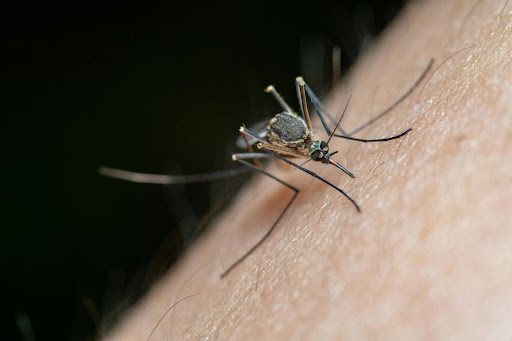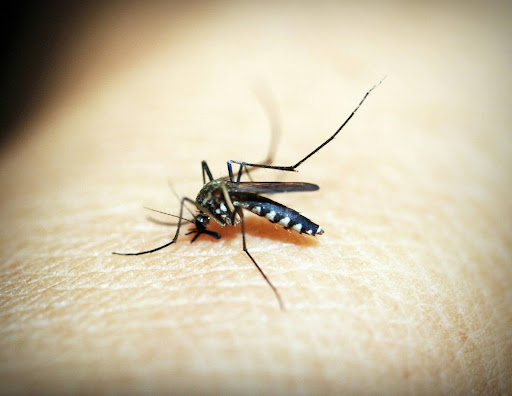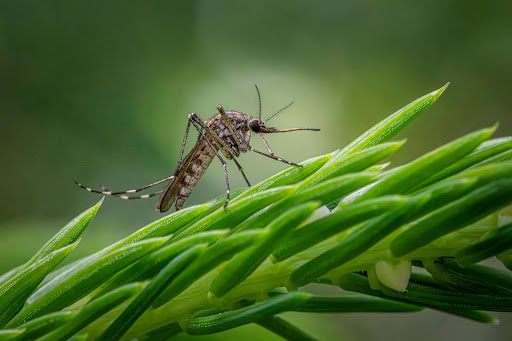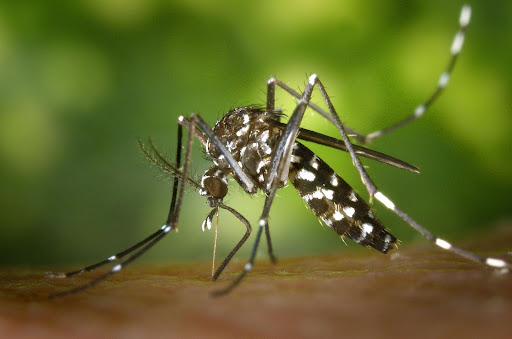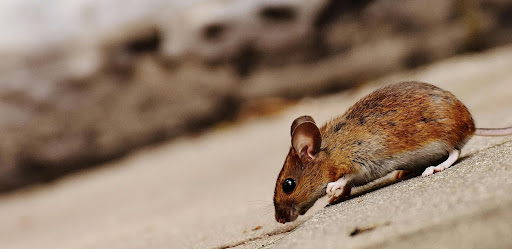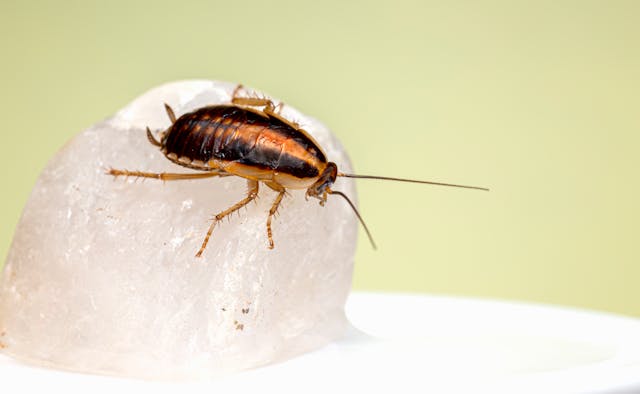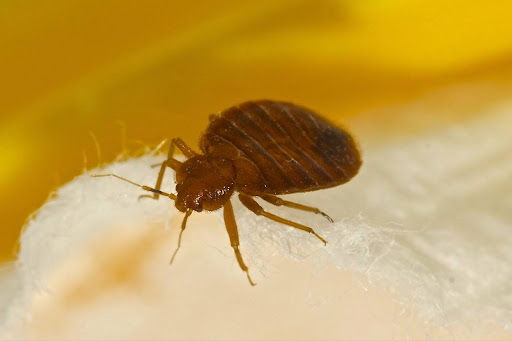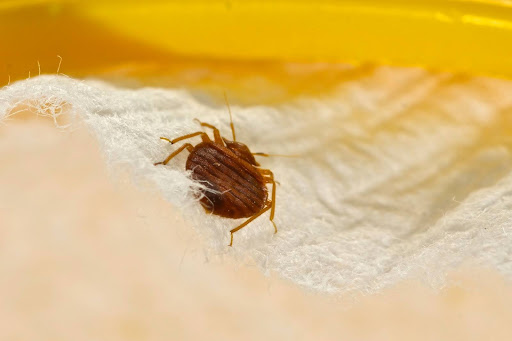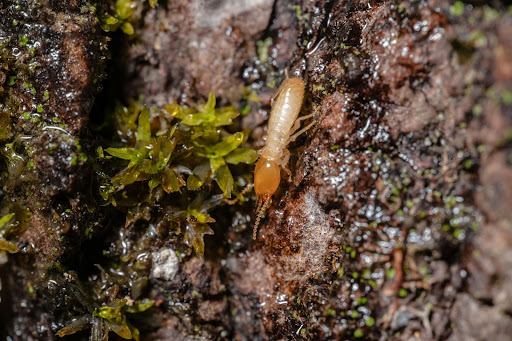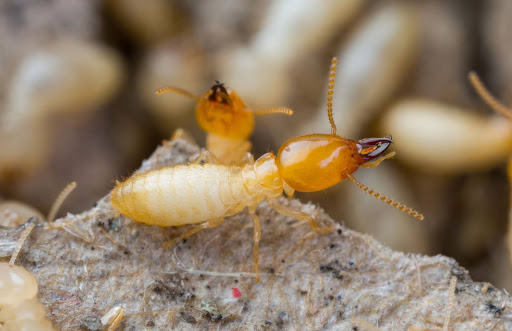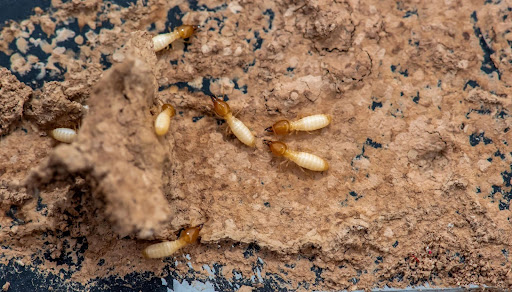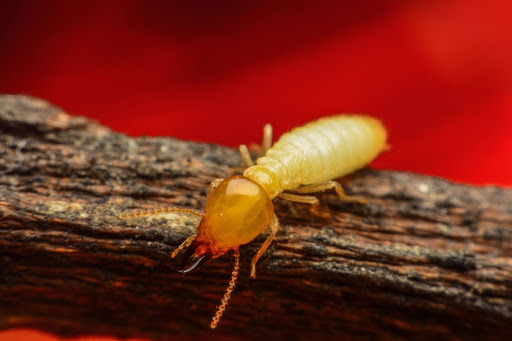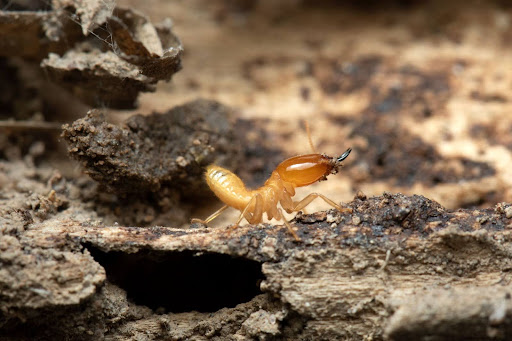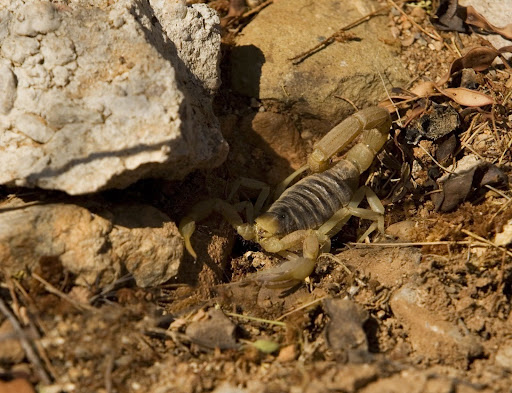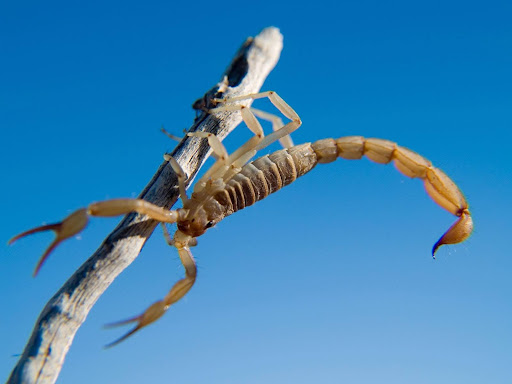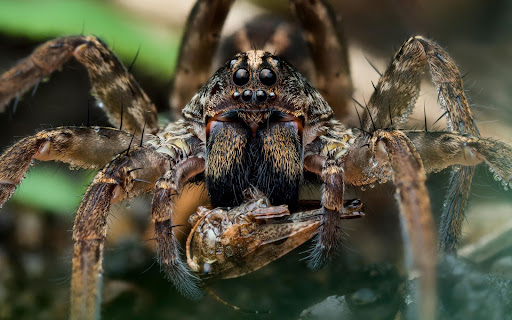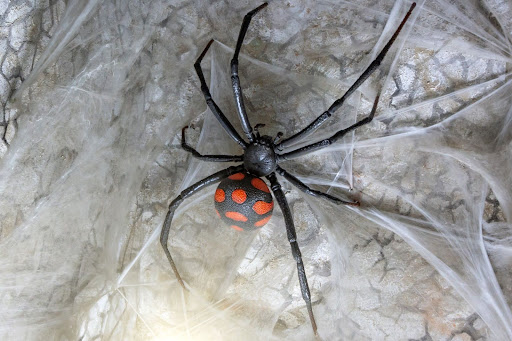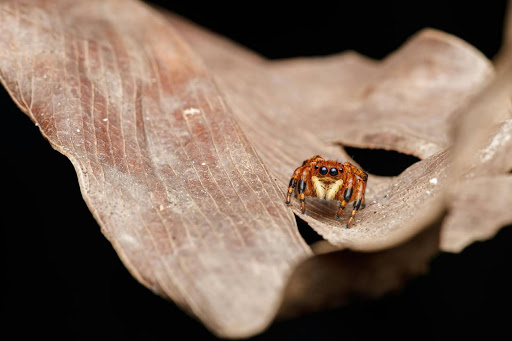Picture this: you’re lounging on your patio, enjoying a mild Arizona evening. The sun has set behind the desert hills, and the air is perfect—until you hear that familiar high-pitched buzz near your ear. The uninvited guests of the season have arrived.
Mosquitoes in Arizona don’t just ruin a relaxing evening; they can make an outdoor space feel off-limits for months.
But when exactly do mosquitoes strike here in the desert? When is mosquito season is Arizona? And why does it sometimes feel like they’re more aggressive than usual?
If you’re a homeowner in “The Valley,” you’ve probably already noticed that our unique climate and seasonal patterns set the stage for some of the toughest infestations.
With that said, knowing when mosquito season kicks off (and what you can do about it) can help you take back your outdoor spaces before they declare a full-scale siege.
We’ll show you exactly what you’re up against and how we at Green Magic Pest Control can help keep your property mosquito-free.
When is Mosquito Season in Arizona?
Mosquitoes thrive when the weather provides the perfect mix of warmth and moisture, which makes Arizona an interesting case. While much of the state is known for its signature dry, desert climate, summer monsoons bring just enough rain to create prime breeding conditions.
Mosquito season in Arizona typically begins in late spring and peaks during the summer months, aligning closely with the monsoon season—generally running from June through September. This is when Arizona’s arid landscapes transform, if only for a short while, into a mosquito’s paradise.
These pests are most active when evening temperatures remain consistently above 50°F, something that happens earlier in the year in warm regions like Phoenix, Chandler, and Mesa. By summer, they’re out in full force.
Combine that with intermittent rains from monsoons, and suddenly, every puddle, birdbath, and clogged gutter becomes a potential breeding site for thousands of mosquito larvae.
Arizona residents who’ve experienced their fair share of mosquito bites know that some summers are worse than others. Several factors can make one season feel unbearable compared to another. Above-average rainfall, higher humidity, or even unusually high temperatures can create the perfect storm (literally) for larger mosquito populations.
And like clockwork, they’re ready to take advantage, hatching quickly and often sticking around well into the fall if conditions permit.
The Desert Isn’t Mosquito-Proof
Here’s the thing—Arizona’s dry climate doesn’t completely shield us from mosquitoes the way you might think.
It’s true that mosquitoes thrive in high-moisture regions, but even a few rain showers can create the standing water they need for their breeding grounds. From swimming pool covers to neglected buckets in the backyard, water accumulates fast during monsoon season. These small, stagnant pools are mosquito heaven.
And mosquitoes aren’t picky; they’re opportunistic. Different species have their preferences. While some mosquitoes breed in clean, clear water, others are perfectly content laying eggs in muddy puddles or even water pooled in untrimmed grass or overwatered plants.
When it rains in Arizona, it doesn’t take long for these pests to find a new home near yours.
One particularly nasty species, Aedes aegypti—commonly known as the yellow fever mosquito—has been increasing in prevalence across Arizona in recent years. These pests are aggressive day-biters and known carriers of diseases like dengue fever and Zika virus. Their growing presence makes a proactive approach to mosquito control even more important.
Fighting Back Against Mosquitoes in Arizona
Now that you know when to expect mosquito season in Arizona, the question is—what can you do about it?
Preparation is key to keeping these bloodsuckers at bay, and there are several strategies you can use to make your property a less attractive target:
- Eliminate standing water from your property: Check flowerpots, gutters, pet bowls, trash can lids, or any other areas where water might collect. No water equals no mosquito breeding grounds.
- Stay on top of yard maintenance: Overgrown grass, tangled shrubs, and neglected landscaping can become shady resting spots where mosquitoes hide in the daytime heat.
- Consider investing in outdoor fans for patios and seating areas: Mosquitoes are notoriously weak fliers, so even a mild breeze can keep them from exploring your space.
By taking these simple preventative measures, you’ll be ahead of the curb. Of course, mosquitoes can still find ways to sneak onto your property—and that’s where we step in.
At Green Magic Pest Control, we’re not just about one-size-fits-all mosquito sprays. Our team customizes treatments to match your yard’s specific conditions and mosquito pressure.
From targeted applications to help eliminate larvae around your property to barrier treatments that protect you during peak season, we make sure mosquitoes understand one thing loud and clear—they’re not welcome here.
And because mosquito control isn’t just about spraying chemicals and walking away, we take a holistic approach.
Need advice on removing stagnant water? Want help understanding why specific areas in your yard seem to attract pests more than others? That’s all part of the deal when you work with us.
Take Control of Mosquito Season in Arizona
You already know Arizona summers are challenging enough without the added stress of mosquitoes taking over your space. Protecting your property (and your sanity) from these buzzing intruders doesn’t need to be some elaborate mystery.
Whether it’s identifying breeding grounds or treating the backyard as soon as the season starts to ramp up, staying ahead of mosquito season in Arizona is all about timing, diligence, and the right strategy.
And that strategy? It starts with Green Magic Pest Control. From Chandler to Mesa to Phoenix and beyond, we’ve made it our business to ensure The Valley’s homeowners can enjoy their outdoor spaces mosquito-free.
Whatever the season throws at you, we’re here to help you reclaim your yard so you can focus on what really matters—uninterrupted summer evenings and patios free from pests.
Don’t wait for your yard to become a mosquito breeding ground. Call us today or book your mosquito control services online to see why Arizona homeowners count on Green Magic to keep the bites away and the good times rolling.
After all, summer is better when you can step outside without the buzz—you bring the sunscreen, and we’ll handle the rest.

